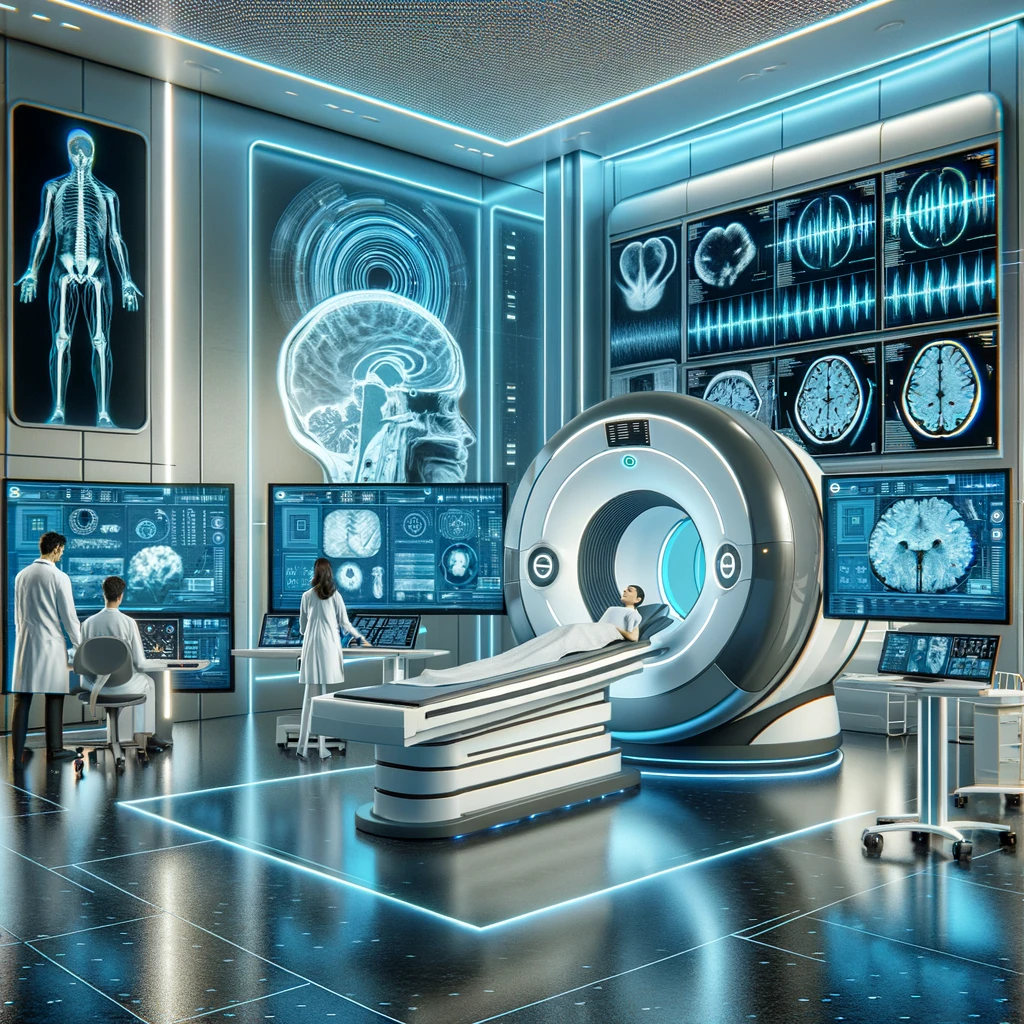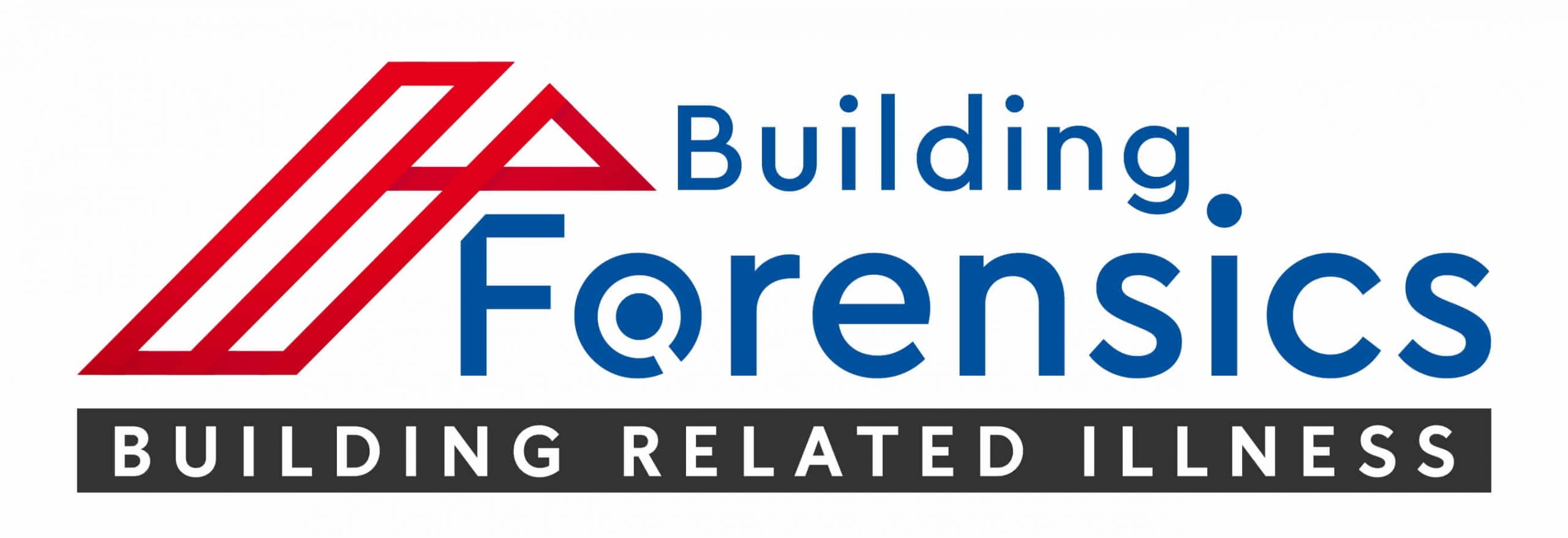Data Driven Diagnosis
Data Driven Diagnosis
The advancements in diagnosing Building Related Illness (BRI), which encompasses conditions such as mould illness, signify a substantial shift from traditional methods that were limited in scope and efficacy. Historically, Sick Building Syndrome (SBS) was a term used to describe ailments associated with time spent in buildings that had poor environmental quality. Diagnosis and causation were primarily based on environmental tests that measured temperature, relative humidity (Rh), carbon dioxide (CO2) levels, and occasionally formaldehyde concentrations. Mould was considered a potential cause, with culture plates being used to assess the presence of mould and bacteria.
In the 21st century, particularly in the wake of COVID-19 research, the approach to diagnosing and understanding BRI has evolved dramatically. The focus has shifted towards a data-driven investigation that leverages the latest in scientific technology and understanding. This includes:
Data Driven Diagnosis
The advancements in diagnosing Building Related Illness (BRI), which encompasses conditions such as mould illness, signify a substantial shift from traditional methods that were limited in scope and efficacy. Historically, Sick Building Syndrome (SBS) was a term used to describe ailments associated with time spent in buildings that had poor environmental quality. Diagnosis and causation were primarily based on environmental tests that measured temperature, relative humidity (Rh), carbon dioxide (CO2) levels, and occasionally formaldehyde concentrations. Mould was considered a potential cause, with culture plates being used to assess the presence of mould and bacteria.
In the 21st century, particularly in the wake of COVID-19 research, the approach to diagnosing and understanding BRI has evolved dramatically. The focus has shifted towards a data-driven investigation that leverages the latest in scientific technology and understanding. This includes:

Advanced Genetic Testing
The use of parallel sequencing technologies associated with RNA and DNA allows for a more precise identification and measurement of mould and bacteria. This method surpasses the traditional use of culture plates, ERMI and Total spore counts, offering a deeper insight into the microbial environment within buildings.
Comprehensive Chemical Analysis
The identification of chemicals within a building environment has also seen advancements. Mobile labs and robots can now broadly and specifically identify chemicals present, aiding in the diagnosis of BRI by determining the chemical contributors to the illness.
Scientific Blood and Gene Monitoring
Post-COVID research has highlighted the importance of measurable parameters beyond the environmental. The monitoring of specific markers in blood and genetic material can help not only in identifying the causation of illnesses but also in measuring exposure levels and the success of treatment interventions.
Advanced Genetic Testing
The use of parallel sequencing technologies associated with RNA and DNA allows for a more precise identification and measurement of mould and bacteria. This method surpasses the traditional use of culture plates, ERMI and Total spore counts, offering a deeper insight into the microbial environment within buildings.
Comprehensive Chemical Analysis
The identification of chemicals within a building environment has also seen advancements. Mobile labs and robots can now broadly and specifically identify chemicals present, aiding in the diagnosis of BRI by determining the chemical contributors to the illness.
Scientific Blood and Gene Monitoring
Post-COVID research has highlighted the importance of measurable parameters beyond the environmental. The monitoring of specific markers in blood and genetic material can help not only in identifying the causation of illnesses but also in measuring exposure levels and the success of treatment interventions.
These advancements have significantly improved the ability to diagnose, understand, and treat Building Related Illness. By identifying the likely causation issues through a data-driven approach, experts can propose effective risk reduction, remediation, and decontamination strategies. This not only aids in the recovery of individuals affected by BRI but also contributes to creating healthier indoor environments.
For individuals or organizations facing potential BRI issues, seeking assistance from experts specialized in these modern diagnostic and remediation techniques is crucial.
Building Forensics IAQ, can through Mould Masters provide comprehensive assessments that include identifying the sources of contamination likely responsible for symptoms, proposing and implementing remediation strategies, and ensuring the effectiveness of these interventions through post-treatment evaluations.
This holistic approach ensures that the underlying causes of BRI are addressed, leading to safer and healthier indoor environments.
